When shopping for a new mask, sometimes it seems like there are more possible options out there than there are masks you can buy. Do you buy a medical mask or a cloth mask? Do you want one with a filter or without? Do you get elastic earrings, straps for the back of your head, or ties? Do you go for a professional respirator or PAPR? And that’s all before even looking at fabric patterns and colors!
For the purposes of this article, we’re assuming you’ve eliminated a few of those considerations from the running. Let’s say that you’ve decided you don’t need a PAPR machine (reasonable, considering those are for full biohazard environments where you need a more protected air supply), and that medical masks are still hard to come by. For the most part, your options are fabric masks, and you simply have to choose: which kind of fabric?
There are a lot of different kinds of fabric, which you’ve probably known from different kinds of clothing, but you might not have thought much about them beyond how they feel. Are there pros and cons to different kinds of fabric for masks? Let’s look into it.
Cotton
Cotton is one of the most common fabrics for masks, and with good reason. It’s just the right blend of thick, comfortable, breathable, and filtering. It’s also commonly available and inexpensive, making it an ideal choice for masks made by hand or by small businesses.
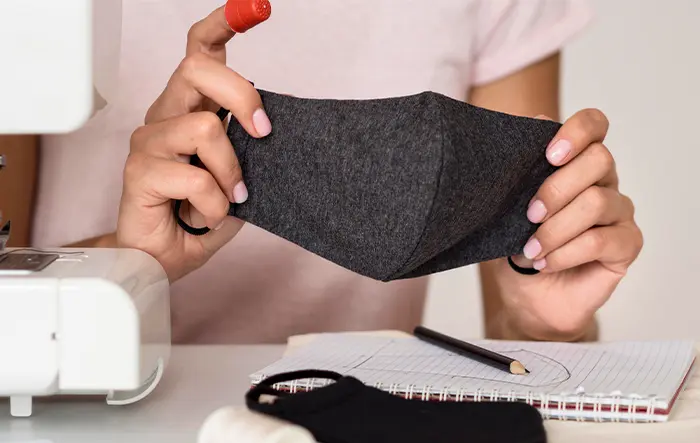
Recent studies suggest that double-knit cotton can be the best cloth mask for filtering purposes. Cotton strands are not tightly woven, the way many other fabrics are. This means the individual strands fray and “fuzz up”, even if it’s on such a small level you can’t see it with the naked eye. This fraying “fills the gaps” between strands in a piece of fabric, making it a better insulator and – important during the pandemic – a better filter. A tight double-knit cotton filters your breath almost (but not quite) as good as an N95 mask.
In fact, the study above found that a well-fitted cotton mask with a homemade filter (in their case, a dried-out baby wipe) is better at filtering droplets than a poorly-fitted commercial N95. It just goes to show that the fit is everything; if you’re breathing in and out around the edges of a mask rather than through the fabric, it’s not doing anything. Air travels the path of least resistance and carries with it droplets and particles you don’t want to breathe.
Nylon
Nylon is a synthetic fiber, technically a form of plastic, extruded into extremely thin fibers and woven into a cloth. It comes in a wide variety of forms, similar to different thread counts for cotton. Unlike cotton, it doesn’t fray, so it doesn’t have the same kind of filtration properties. It is, however, more comfortable and less itchy than cotton is when up against the skin.
Nylon specifically on its own is not typically a good mask material. Thin nylons filter large particles, but not small particles. Thicker nylon fabrics are not breathable, and thus don’t work as a mask because the air just goes out around the sides. So why isn’t nylon in the “what not to wear” section below?
Two reasons. First, nylon makes a good inner layer for a multi-layer mask. Nylon for an inner layer helps filter large particles and makes for a comfortable layer of fabric that contacts your face. It also is very flexible and can be stretched, which makes it great for creating that face seal you want from a good mask. It only seals as well as the mask’s design allows, of course, but it can stretch and adapt better than many other kinds of masks.

The second reason is that nylon blends work very well. Nylon can be blended with other fabrics, lending its stretchiness and adaptability to other fibers, both natural and synthetic. A nylon-blend mask is likely going to be better than pure nylon.
Silk
Silk may seem like more of a luxury material than something you would make for a face mask, but as it turns out, it’s actually quite a good material for a mask. It’s highly comfortable, making it easier to wear for long periods. It has many similar properties to cotton, as a natural fiber, but it also has a high level of copper in its makeup. Copper is a natural antimicrobial metal, so it helps sterilize the air you breathe even as you breathe it.
The only downside to silk is the relative expense and difficulty of producing the fabric, which is produced by silkworms that need to be fed a high-copper diet. Still, studies have shown that it can be a great option if you can get ahold of it for a mask.
Natural Fibers
Cotton is a natural fiber, but it’s not the only natural fiber you can find on the market. A variety of other natural fibers have the same fraying and electrostatic properties as cotton, and can potentially work well as masks.
Early in the pandemic, a test from an air purifier company found that wool, cashmere, and ramie did not filter much at all. This advice has often been repeated, but the truth is a little brighter; these fabrics work fine when woven into a tight fabric. The original test just used scarves, which are broad, open weaves meant to trap air for insulation purposes, not to filter air. A tighter weave works much better.
Paper usage is also surprisingly effective. Paper towels and shop towels are both breathable and filtering, though they only work for a short time before they become saturated with moisture from your breath and begin to fall apart.
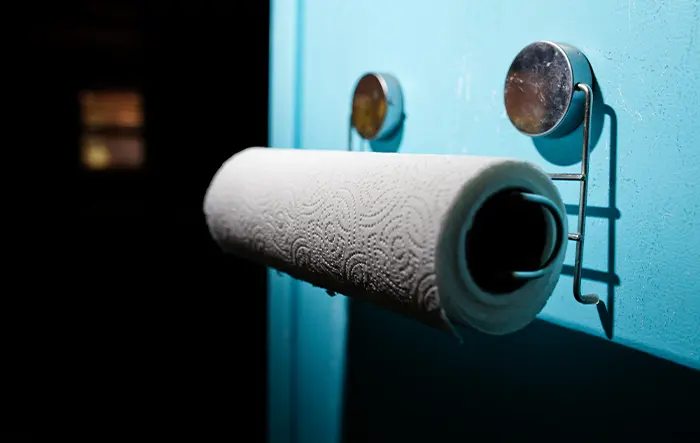
Paper towels, coffee filters, and other paper products can work well as a filter layer in between other cloth layers, particularly when they can be removed and replaced after each outing.
Other Good Fabrics
Cotton, Nylon, and a few other fabrics are common enough that they’ll show up in many different masks. There are, however, a range of other fabrics that might be worth looking into if you see them.
Lycra. Lycra is another synthetic fabric similar to nylon and is useful for many of the same reasons. A heavy matte version of lycra is a great option for an inner lining or for an overall mask shell that has some form of filtration inside it.
Spandex. Spandex has all the same sorts of qualities as nylon and lycra. It’s usually a small percentage of an overall fabric, often mixed with either nylon or cotton, to give it that added stretchiness that helps it conform to your face and be comfortable to wear. Spandex also has good electrostatic properties, helping with the filtration of small charged particles like moisture droplets.
What Not to Wear
Just as there are good fabrics to wear, there are bad fabrics. The fabrics in this section make absolutely terrible masks, performing next to no filtration and not protecting you at all from whatever you’re breathing.
T-shirts. Even if a t-shirt is made out of cotton, it’s still likely not tightly woven enough to form a filtering layer. You would have to layer multiple sheets of t-shirt material to form anything close to what you can get from other fabrics, and then you’re just making something way too bulky and not breathable enough to be comfortable to wear.
Bandanas. A bandana is better than absolutely nothing, but not by much. Bandanas are more meant to wick moisture and keep your hair tied back, and they have virtually no filtration properties. In large part, this is because of the lack of facial seal; the air you breathe follows the path of least resistance, and will simply go around a flimsy barrier like a bandana.

High thread-count cotton. Some fabrics, like Batik Cotton and TC600 bedding, are very good at filtering particles. However, they’re also very difficult to breathe through, so they aren’t very good for masks. It makes sense when you think about it; a plastic bag will filter 100% of particles, but that’s because it stops everything; you can’t breathe through it, so it makes a poor-quality mask.
Latex. Latex in general is a useful material in some cases, such as handling hazardous materials. Unfortunately, it’s also prone to trigger allergic reactions, and a latex allergy can be dangerous. Luckily, it’s pretty difficult to find latex masks in the first place – it’s not really known for being breathable.
Fleece. Fleece is heavy, poorly breathable, and not filtering. It’s essentially the worst of all possible worlds. In fact, some studies have shown that fleece actually increases the number of particles you breathe out, making it essentially worse than not wearing a mask at all.
Other Factors
Fabric isn’t the be-all, end-all consideration for your mask. There are a few other considerations you’ll want to make. After all, two different cotton fabrics can have wildly different properties.
- Fit. Your mask needs to fit as snugly against your face as possible. You’re supposed to be breathing through the mask, not around the mask. Many masks, including the pleated style, tend to leak air around the cheeks and the bridge of the nose, and that lack of seal makes it much worse.
- Breathability. This is the same sort of property. A fabric that is not breathable means when you breathe, the air has to come from somewhere, often around the mask. Poorly breathable fabrics also restrict airflow and can exacerbate issues like COPD or asthma.
- Filters. Adding some kind of layer to a fabric mask to help filter air will help a ton. Some of the best filters are replaceable filtration packets that go into a pocket in your mask and filter the air you breathe. If you don’t have a mask that suits these kinds of filters, you can use a dried-out baby wipe, a coffee filter, or even a dry paper towel for a reasonable approximation.
- Washability. Some fabrics are easier to clean and dry than others. Cotton is great, silk is good, nylon and spandex are both fine. Others might have a harder time being cleaned and re-used.
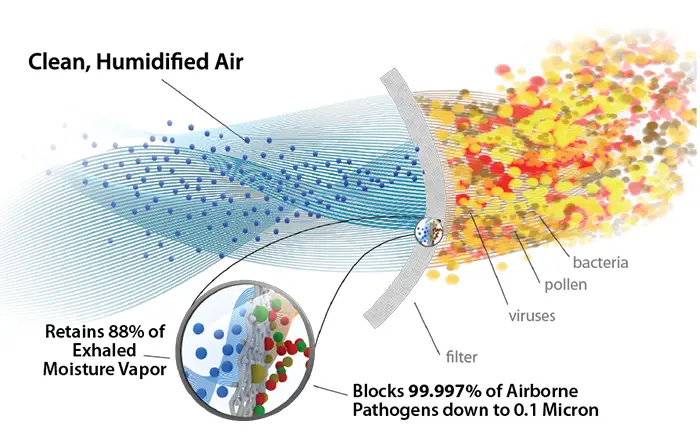
A mask is only as good as its fit, so you want something that can conform to your face and stay in place, where your breath moves through the fabric rather than around it. Once you find that, you’ll be good to go.
Wrapping Up
In the end, it’s difficult to say what fabrics work best, simply because there is so much variation in fabrics themselves. Even something as simple as cotton can come in forms that are both so thin they don’t work to filter air at all (like a t-shirt) or so thick that you can’t breathe through them (like high thread-count bedding), and yet in the right density, it’s an excellent material.
In general, the best options are:
- A well-fitted N95 mask. Perfect for the task, but difficult to get ahold of and should probably be left for front-line workers if you don’t otherwise need it.
- A well-fitted cloth mask with a filter. Our masks fit the bill, for example. If you can’t find replacement filters, a dried-out baby wipe works wonders.
- Multiple layers of cloth. Soft fabric for an inner layer, and a more filtering, breathable fabric for an outer layer, works well. The addition of a baby wipe can be a good idea here too, in between the layers.
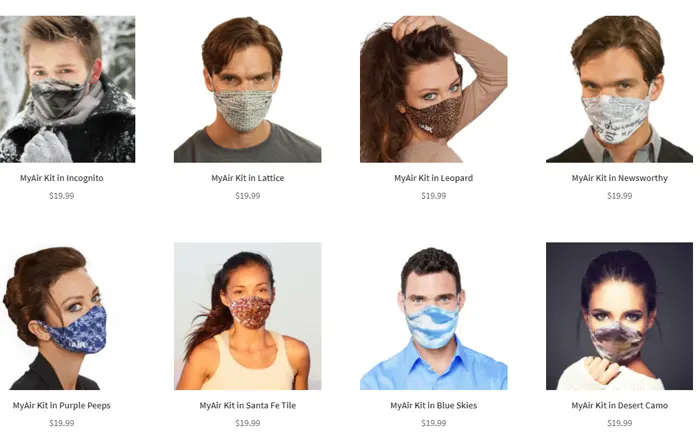
Of course, a lot of it depends on the fabric itself. If you’re interested, the Free Mask Project from Vancouver has been performing a large number of studies to test the filtration levels of various fabrics and combinations of fabrics. Not only that, but they have produced a series of interactive charts you can find here, to experiment with different fabrics and combinations of fabrics to put together a plan for making your own mask.
What are your thoughts? Do you have a preferred fabric for your face mask? Be sure to let us know in the comment section down below!
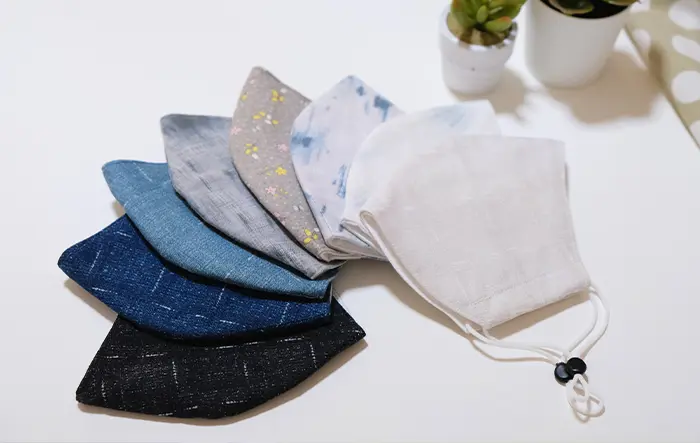
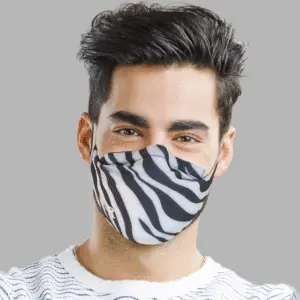

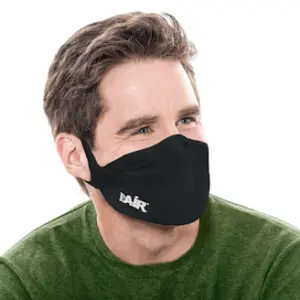
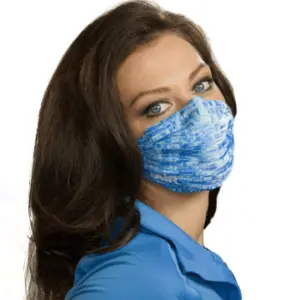
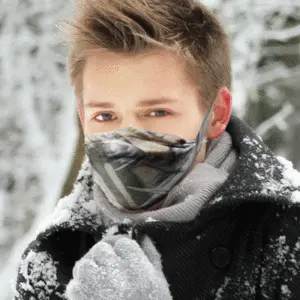
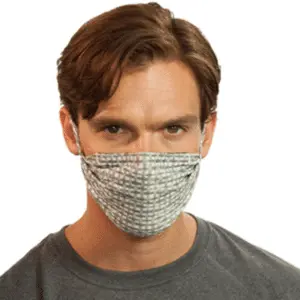
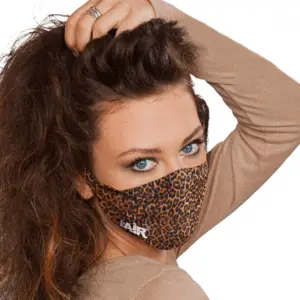


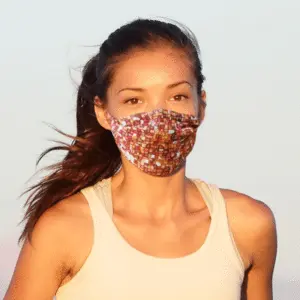

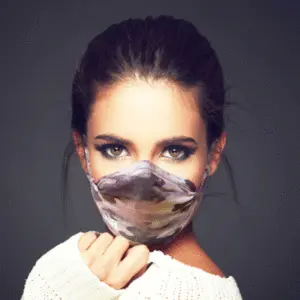
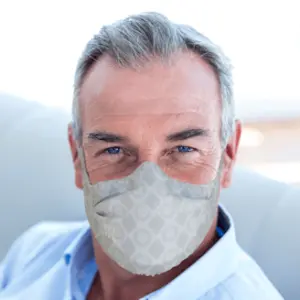



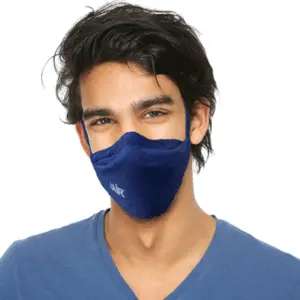

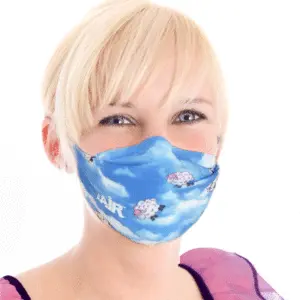
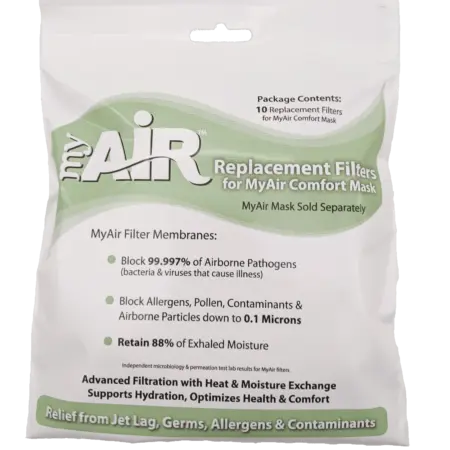
0 Comments